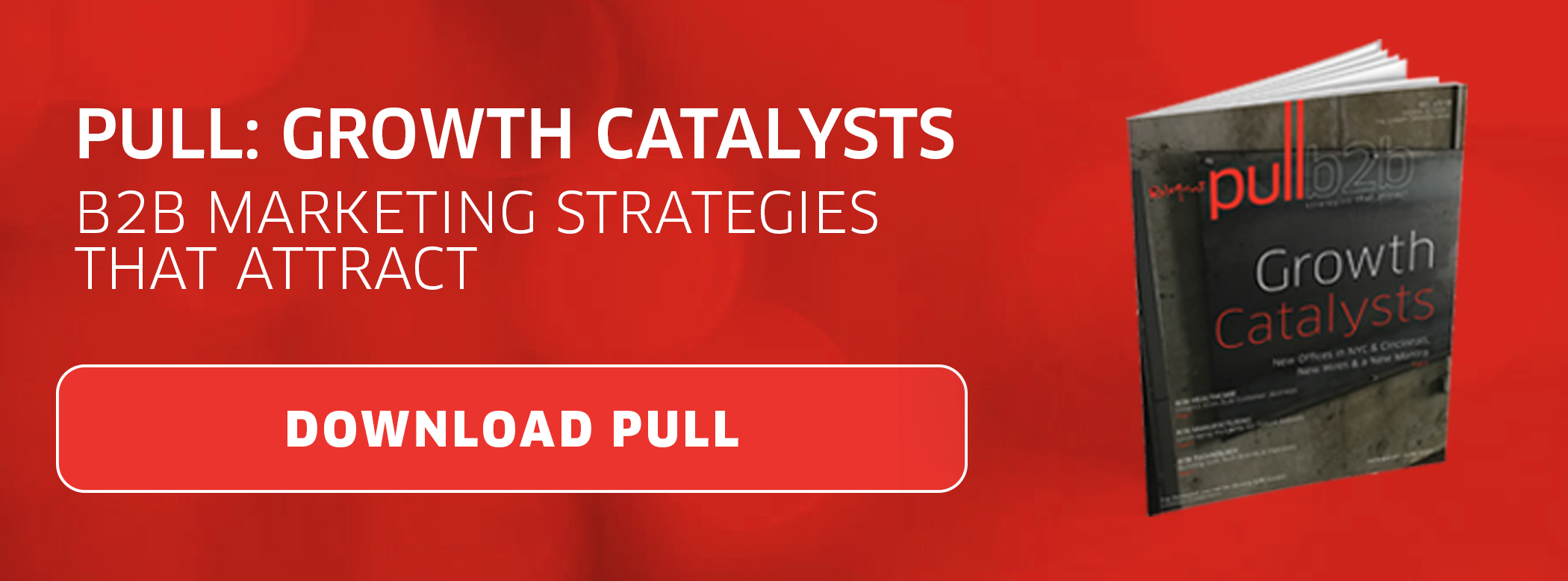 Marketing automation can greatly decrease the amount of time you and your team spend on menial tasks, but you have to implement the right martech tools to make your automation platform work for you. Your marketing software integrations matter, and your automation platform needs to gives you the most integration opportunities for your investment. If your platform doesn’t integrate with the following tools, it’s time to find one that does.
Marketing automation can greatly decrease the amount of time you and your team spend on menial tasks, but you have to implement the right martech tools to make your automation platform work for you. Your marketing software integrations matter, and your automation platform needs to gives you the most integration opportunities for your investment. If your platform doesn’t integrate with the following tools, it’s time to find one that does.
1. Salesforce
If your company’s already using Salesforce, this integration is a no-brainer. It provides a bridge between your marketing and sales databases, allowing activity and information to move seamlessly between the two. It also allows your sales team to get the most up-to-date leads from your marketing team and your marketing team to find out whether those leads translated into sales.
2. Email
If your marketing automation platform also functions as your CRM, it needs to integrate with your email client. This will allow you to track important analytics like open rates and click-through rates, as well as responses, no matter where you send them from.
3. Video
Even in B2B marketing, video is becoming an increasingly popular content delivery option: 77 percent of B2B marketers rated video as an effective content marketing tactic, according to a 2018 Content Marketing Institute study.
You can leverage video as a powerful lead generation tool with clickable video CTAs and an integration with the right martech platform. When a viewer converts on your video, they'll be added into your platform’s database, where you’ll be able to see all of their video viewing data in their contact record. You can then use this data generate smart lists, enroll prospects in workflows and score leads.
4. Hotjar
A powerful conversion rate optimization (CRO) tool, HotJar shows you exactly what’s bringing visitors to your site and analyzes the behavior of prospects as they move through your content, i.e. what persuaded them to act and where and why they’re dropping off. HotJar creates easy-to-read "heatmaps" that illustrate visitor activity on your site. Integrating Hotjar with your platform maps Hotjar responses to your contact records, giving you a better understanding of both new visitor and customer feedback. Once you have this big picture, Hotjar’s action plan makes it easy to make improvements to your site.
5. UberConference
UberConference makes scheduling and holding virtual conferences easy. And it’s even easier if your marketing automation platform integrates with it: You can schedule UberConference meetings with your contacts right from your platform.
6. Eventbrite
Integrating Eventbrite with your marketing automation platform makes this popular event registration tool even more powerful. You can collect new leads, track which of your existing contacts are registering for and attending your events, and segment registrants and attendees for further lead nurturing.
7. GoToWebinar
If you use webinars to provide prospects with detailed information about your products or services or to train employees, GoToWebinar is another powerful tool to add to your marketing automation platform. This integration saves time by creating webinar registrants when visitors convert on your forms and by segmenting, nurturing and scoring leads based on their interactions with your webinar.
8. SurveyMonkey
Surveys are vital for feedback from prospects and customers, but how much do you know about the people who are filling out your surveys — and are you following up with them once they click submit? A marketing automation platform that integrates SurveyMonkey allows you to use survey data to segment and qualify your contacts and determine the best strategy for keeping them engaged.
9. CallRail
Call analytics are a powerful feedback tool that can drive marketing into places that were once impossible to reach. With CallRail integration, you can do more than just get the phone number of the prospect calling in. CallRail can gather more demographic data and show you what ad prompted the prospect to call in the first place, helping your marketing team further personalize marketing efforts.
10. WordPress
If your blog or website is on WordPress and you’re planning to keep it there, look for a marketing automation platform that offers a WordPress integration. That way, you can embed various lead generation tools, such as forms and live chat, right on your WordPress site.
Your marketing automation platform’s plugin should also be able to collect public information on your leads from across the web, such as job titles and social profiles. It should also offer built-in analytics so you can see the traffic sources that led prospects to your site.
11. Shopify
Shopify gives B2C and B2B2C companies the ability to sell products, take credit card payments and customize an online storefront. Integrating it with your marketing automation platform will also allow you to utilize inbound marketing strategies to keep leads engaged. For example, if a customer abandons a shopping cart, you can follow up with marketing emails to try to nurture the potential lead further.
If you’re considering a new marketing automation platform for 2019, don’t just look for integrations with tools you’re already using — consider new integrations you might want to add to your toolbox to further build out your inbound marketing efforts. Evaluate all of the integrations that work with each platform to save time, make your processes more efficient and maximize your ROI. ![]()







 By
By 
